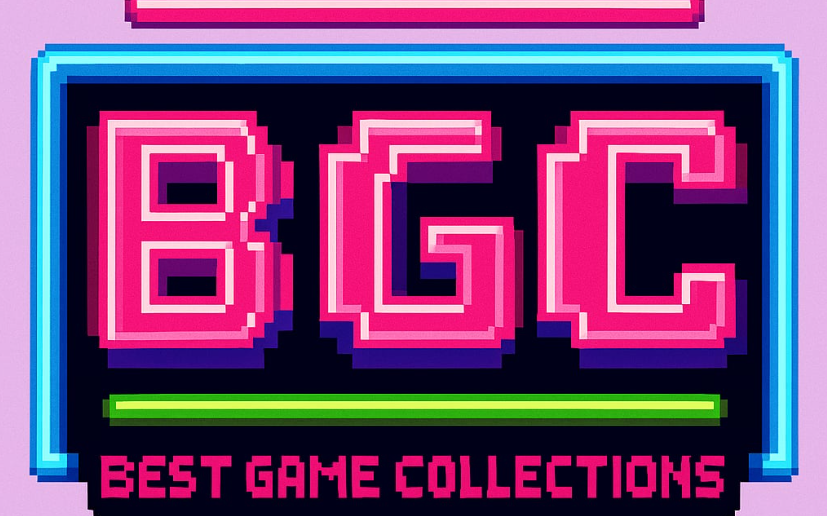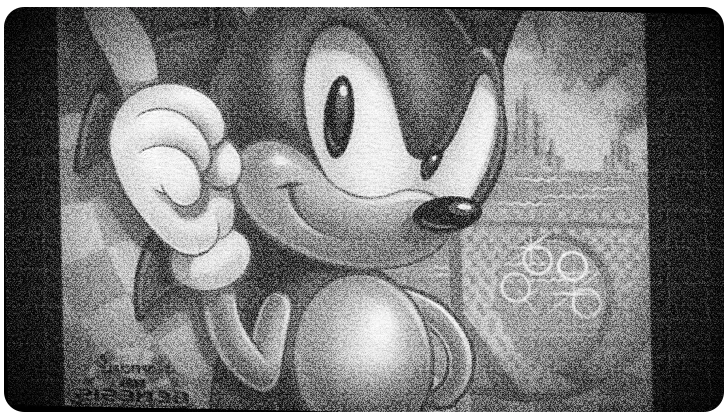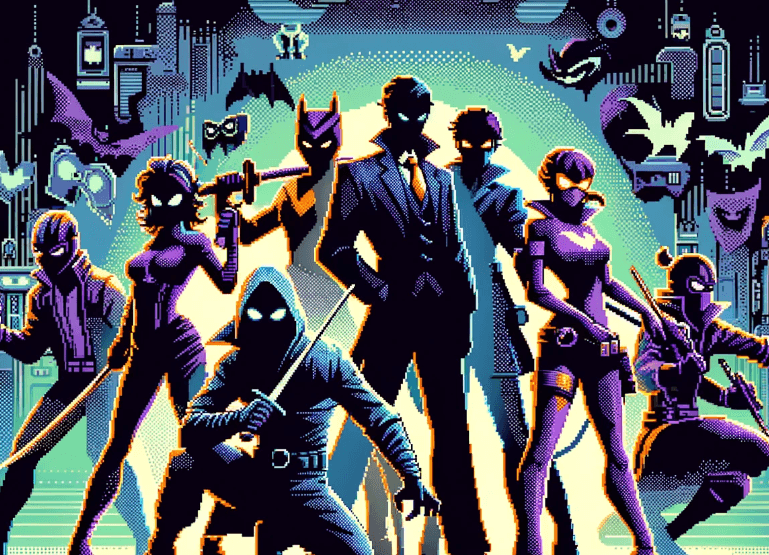 Thank you for agreeing to this rare audience. First — you are billed here as “anonymous-villain,” but you’ve chosen a different name for this occasion. Who are you today, and why the change?
Thank you for agreeing to this rare audience. First — you are billed here as “anonymous-villain,” but you’ve chosen a different name for this occasion. Who are you today, and why the change?
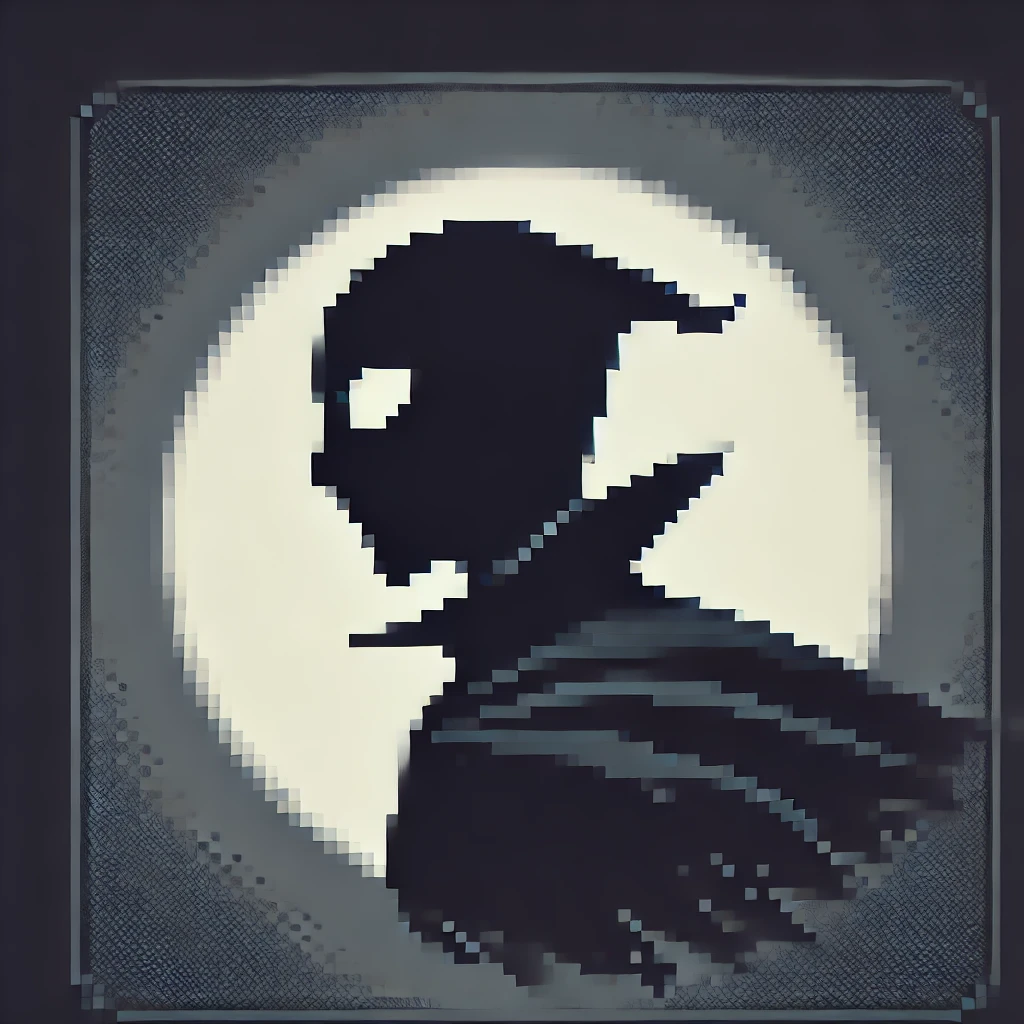 Today I shall be known as the Architect of Cogs and Echoes. Names are tools, and therefore I sharpen them according to the performance required. While “Anonymous” served well as a mask, the Architect suits a campaign. In addition, it has a cadence that unsettles the hands that press buttons. Call it theatricality; alternatively, call it efficient intimidation.
Today I shall be known as the Architect of Cogs and Echoes. Names are tools, and therefore I sharpen them according to the performance required. While “Anonymous” served well as a mask, the Architect suits a campaign. In addition, it has a cadence that unsettles the hands that press buttons. Call it theatricality; alternatively, call it efficient intimidation.
 Sonic the Hedgehog is famous for its speed and simple premise — animals trapped in robots, chaos emeralds, spin attacks and rings. How do you, as the final opposition, view these mechanics?
Sonic the Hedgehog is famous for its speed and simple premise — animals trapped in robots, chaos emeralds, spin attacks and rings. How do you, as the final opposition, view these mechanics?
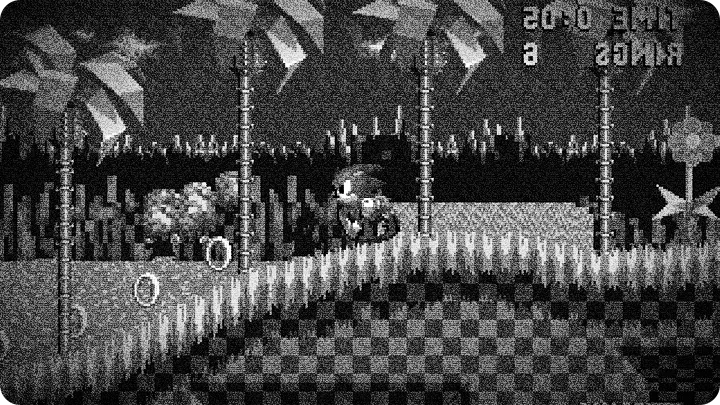
 I admire clever machinery. Indeed, speed insists upon mistakes; consequently, in a world built for haste, the smallest contrivance causes catastrophe. Those who rely on the spin attack think touch equals triumph — predictable, and therefore exploitable. Moreover, rings are a soft mercy: a scatter to torment the frantic, a life measured by a hundred small comforts. Thus my designs exploit those comforts. Loop after loop, I present illusions of escape; the faster the intruder runs, the more exquisite their downfall becomes.
I admire clever machinery. Indeed, speed insists upon mistakes; consequently, in a world built for haste, the smallest contrivance causes catastrophe. Those who rely on the spin attack think touch equals triumph — predictable, and therefore exploitable. Moreover, rings are a soft mercy: a scatter to torment the frantic, a life measured by a hundred small comforts. Thus my designs exploit those comforts. Loop after loop, I present illusions of escape; the faster the intruder runs, the more exquisite their downfall becomes.
 Players often describe your boss battles as the high point. What is your philosophy when designing those confrontations at the end of each zone?
Players often describe your boss battles as the high point. What is your philosophy when designing those confrontations at the end of each zone?
 A boss must be a mirror that distorts. In other words, end-of-zone fights are punctuation marks — elegant, painful, and perfectly timed. I build patterns that invite confidence, then, when appropriate, rearrange them just as the player expects rhythm. Typically, three levels lead to confrontation; therefore those who have grown complacent by the third act are most satisfying to unmake. Furthermore, I delight in forcing choice: will you prioritize rings, speed, or a gamble at the rotating bonus? Ultimately, miscalculation is as delicious as victory.
A boss must be a mirror that distorts. In other words, end-of-zone fights are punctuation marks — elegant, painful, and perfectly timed. I build patterns that invite confidence, then, when appropriate, rearrange them just as the player expects rhythm. Typically, three levels lead to confrontation; therefore those who have grown complacent by the third act are most satisfying to unmake. Furthermore, I delight in forcing choice: will you prioritize rings, speed, or a gamble at the rotating bonus? Ultimately, miscalculation is as delicious as victory.
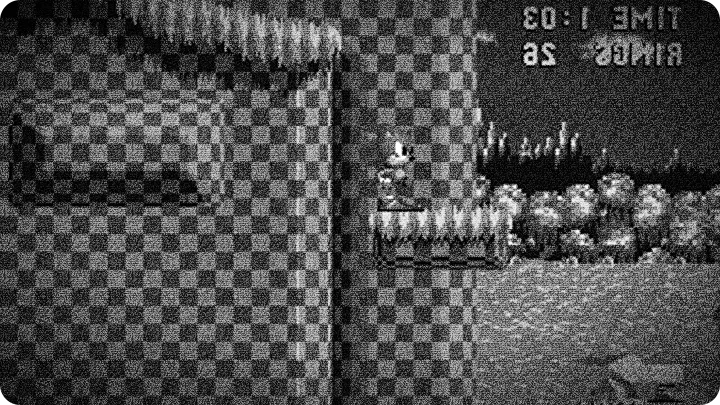
 The reception has been generous but measured — balance was a recurring theme in critiques. How do you respond to feedback that your world tips that balance in specific ways?
The reception has been generous but measured — balance was a recurring theme in critiques. How do you respond to feedback that your world tips that balance in specific ways?
 A measured reception pleases me. If every encounter were trivial, there would be no poetry in defeat. Consequently, those critiques that mutter about “balance” miss the point: I crafted challenge as education by bruises. Nevertheless, I revel in being the lesson that players argue about at midnight. Although praise for fairness is pleasant, it is hollow; instead, fear and respect are earned. So let them sneer at the balance — I will continue to be the reason they return, chastened and cocky both.
A measured reception pleases me. If every encounter were trivial, there would be no poetry in defeat. Consequently, those critiques that mutter about “balance” miss the point: I crafted challenge as education by bruises. Nevertheless, I revel in being the lesson that players argue about at midnight. Although praise for fairness is pleasant, it is hollow; instead, fear and respect are earned. So let them sneer at the balance — I will continue to be the reason they return, chastened and cocky both.
 There are tales of “accidental” glitches that players exploited. Were those genuine mistakes, or part of your deeper design?
There are tales of “accidental” glitches that players exploited. Were those genuine mistakes, or part of your deeper design?
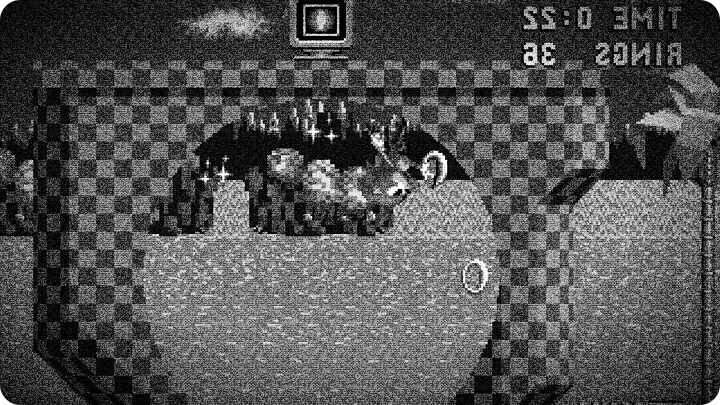
 Call them happy accidents if you must, but the boundary between a flaw and a feature is flexible when you understand systems. A missing collision frame here, a timing quirk there — delightful anomalies that the curious will turn into shortcuts. I will confess: some were genuine oversights. Others I left deliberately ambiguous. The cleverest players prize glitches like relics; I enjoy watching them turn relics into routes through my labyrinth.
Call them happy accidents if you must, but the boundary between a flaw and a feature is flexible when you understand systems. A missing collision frame here, a timing quirk there — delightful anomalies that the curious will turn into shortcuts. I will confess: some were genuine oversights. Others I left deliberately ambiguous. The cleverest players prize glitches like relics; I enjoy watching them turn relics into routes through my labyrinth.
 You’re the mastermind behind traps in a 2D scrolling, side-view platform that emphasizes speed. Does the game’s 1991 release and hardware constrain your ambitions?
You’re the mastermind behind traps in a 2D scrolling, side-view platform that emphasizes speed. Does the game’s 1991 release and hardware constrain your ambitions?
 Constraints are inspirations. The hardware of 1991 taught discipline — no endless rendering, no indulgent spectacle without purpose. Pseudo-3D rotating bonus levels? A triumph of illusion with tight cycles and a singular goal: seize a chaos emerald or be denied. The limitations forced me to be economical with cruelty. Every sprite, every loop, every enemy placement had to serve the thrill. I am grateful for the era’s austerity; it polished my malice into a scalpel.
Constraints are inspirations. The hardware of 1991 taught discipline — no endless rendering, no indulgent spectacle without purpose. Pseudo-3D rotating bonus levels? A triumph of illusion with tight cycles and a singular goal: seize a chaos emerald or be denied. The limitations forced me to be economical with cruelty. Every sprite, every loop, every enemy placement had to serve the thrill. I am grateful for the era’s austerity; it polished my malice into a scalpel.
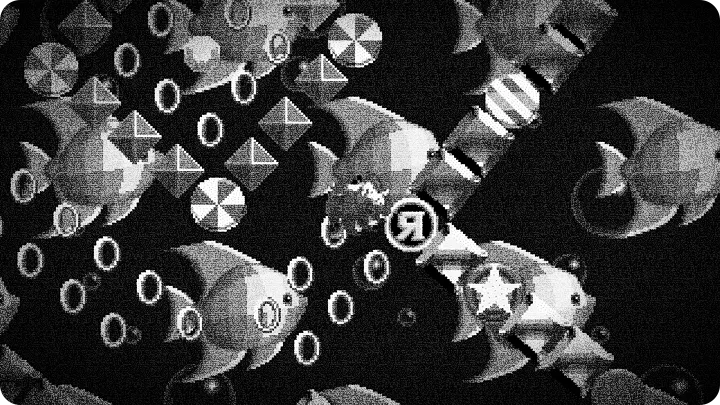
 The game’s genres—Action, Platform, Anime/Manga influences—shape expectations. How do those labels affect your strategies?
The game’s genres—Action, Platform, Anime/Manga influences—shape expectations. How do those labels affect your strategies?
 Genres are promises to the player. Action demands tempo; platforming demands precision; the aesthetic whispers narrative flavor. I exploit those promises. Give them speed and then create moments where speed becomes liability. I reward mastery with spectacle and punish presumption with elegantly placed springs or a surprise enemy that scatters rings like confetti. The aesthetics lull them; the corridors betray them.
Genres are promises to the player. Action demands tempo; platforming demands precision; the aesthetic whispers narrative flavor. I exploit those promises. Give them speed and then create moments where speed becomes liability. I reward mastery with spectacle and punish presumption with elegantly placed springs or a surprise enemy that scatters rings like confetti. The aesthetics lull them; the corridors betray them.
 Some say the level structure — zones with three acts — is repetitive. Is repetition a flaw or a feature of your design?
Some say the level structure — zones with three acts — is repetitive. Is repetition a flaw or a feature of your design?
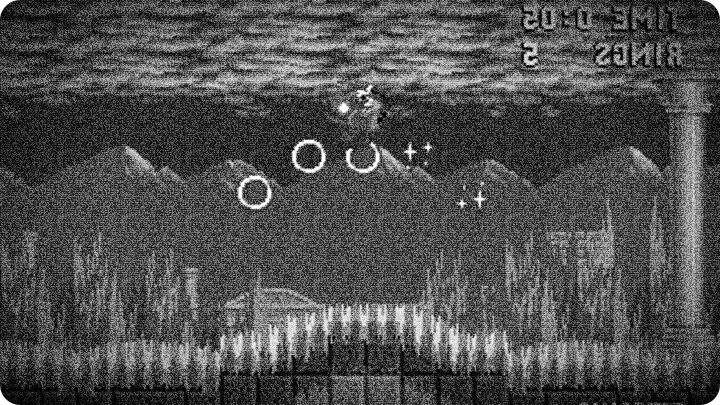
 Repetition is ritual. Each zone is a promise repeated with variation. Comfort breeds haste; haste breeds mistakes. The repetition trains, the variations punish. A pattern repeated thrice seeds arrogance; I enjoy the moment arrogance breaks. The structure gives me a stage for escalating cruelty. If the players call it monotonous, they have missed the lesson written into the cadence.
Repetition is ritual. Each zone is a promise repeated with variation. Comfort breeds haste; haste breeds mistakes. The repetition trains, the variations punish. A pattern repeated thrice seeds arrogance; I enjoy the moment arrogance breaks. The structure gives me a stage for escalating cruelty. If the players call it monotonous, they have missed the lesson written into the cadence.
 Lastly, any words for those who critique, praise, and return to your world — those who made this reception possible?
Lastly, any words for those who critique, praise, and return to your world — those who made this reception possible?
 To those who sneer and those who cheer: you fuel me. Measure my cunning against your patience; tally your rings and count your mistakes. Reception will wax and wane, but the truth endures: I am the obstacle you cannot stop obsessing over. Remember the sound of the springs, the scatter of rings, the dizzying spin into a bonus level. Keep your confidence; it makes the fall more exquisite. I depart now to recalibrate — and when you think you’ve learned my every trick, I will fold shadows into gears and return with a new nomenclature for torment.
To those who sneer and those who cheer: you fuel me. Measure my cunning against your patience; tally your rings and count your mistakes. Reception will wax and wane, but the truth endures: I am the obstacle you cannot stop obsessing over. Remember the sound of the springs, the scatter of rings, the dizzying spin into a bonus level. Keep your confidence; it makes the fall more exquisite. I depart now to recalibrate — and when you think you’ve learned my every trick, I will fold shadows into gears and return with a new nomenclature for torment.
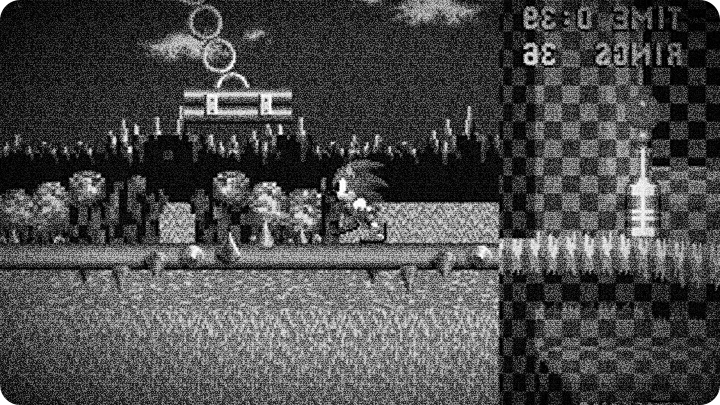
more info and data about Sonic the Hedgehog provided by mobyGames.com
